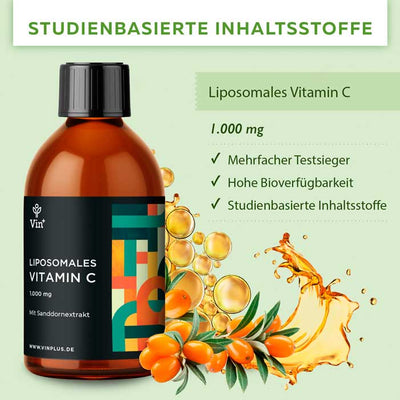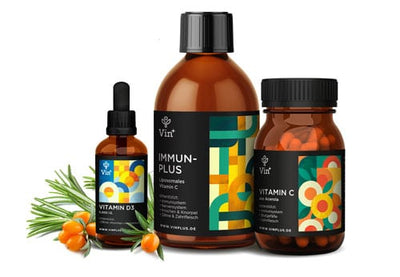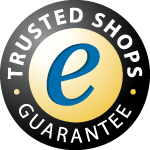
Labelling
Additives that are produced in closed systems with the help of genetically modified microorganisms do not have to be labelled. The prerequisite is that the respective additive is cleaned and does not contain any microorganisms. If the microorganisms used receive nutrients (substrates) from genetically modified plants (e.g. corn, soya), the additive remains unlabeled. Xanthan, a polysaccharide, has been produced as a thickening agent for more than 30 years. This remedy is made from a bacterium that grows on solutions containing sugar or starch. After the fermentation process, the medium is soaked in alcohol, then dried and ground. It dissolves well in water and forms gels. These gels remain very stable at temperatures, can be frozen and thawed without damage. Xanthan is a carbohydrate used in the food industry as a bulking, gelling and thickening agent. Xanthan gum is used in the production of food because it has the property of thickening and stabilizing food. For example pudding, mayonnaise, desserts, sauces, canned fruit and vegetables, canned fish and meat and much more. In the production of ice cream, the formation of ice crystals is reduced and in fruit juices, suspended matter is evenly distributed. Here it may be contained at most with 10g per kilogram of food. Otherwise, the substance may be added according to the quantum satis principle, i.e. in sufficient quantities. This means that just as much may be used to produce food as is necessary for production. Xanthan can form solid films that adhere to some metals and glasses. The agent can be dissolved very well in cold and warm water. Also, it is compatible with alcohol and salt. Furthermore, it can act synergistically with locust bean gum and form thermoreversible gels, which are characterized by very good water-binding capacity and high elasticity.Xanthan Gum and Cosmetics
Different types of xanthan are used in the cosmetics industry. The solutions differ in terms of texture, area of application and appearance. In cosmetics, it has proven itself as a thickener that is very skin-friendly. As a viscose carrier, xanthan is used in lotions, shower gels, shampoos, toothpaste, liquid soaps and mascara and creams. Also in lotions for washing, in shaving and hair gels and deodorant roll-ons. If you look at all this, we deal with xanthan gum on a daily basis, since it can actually be used for everything and can be found everywhere and, as reported, is not harmful to humans.








